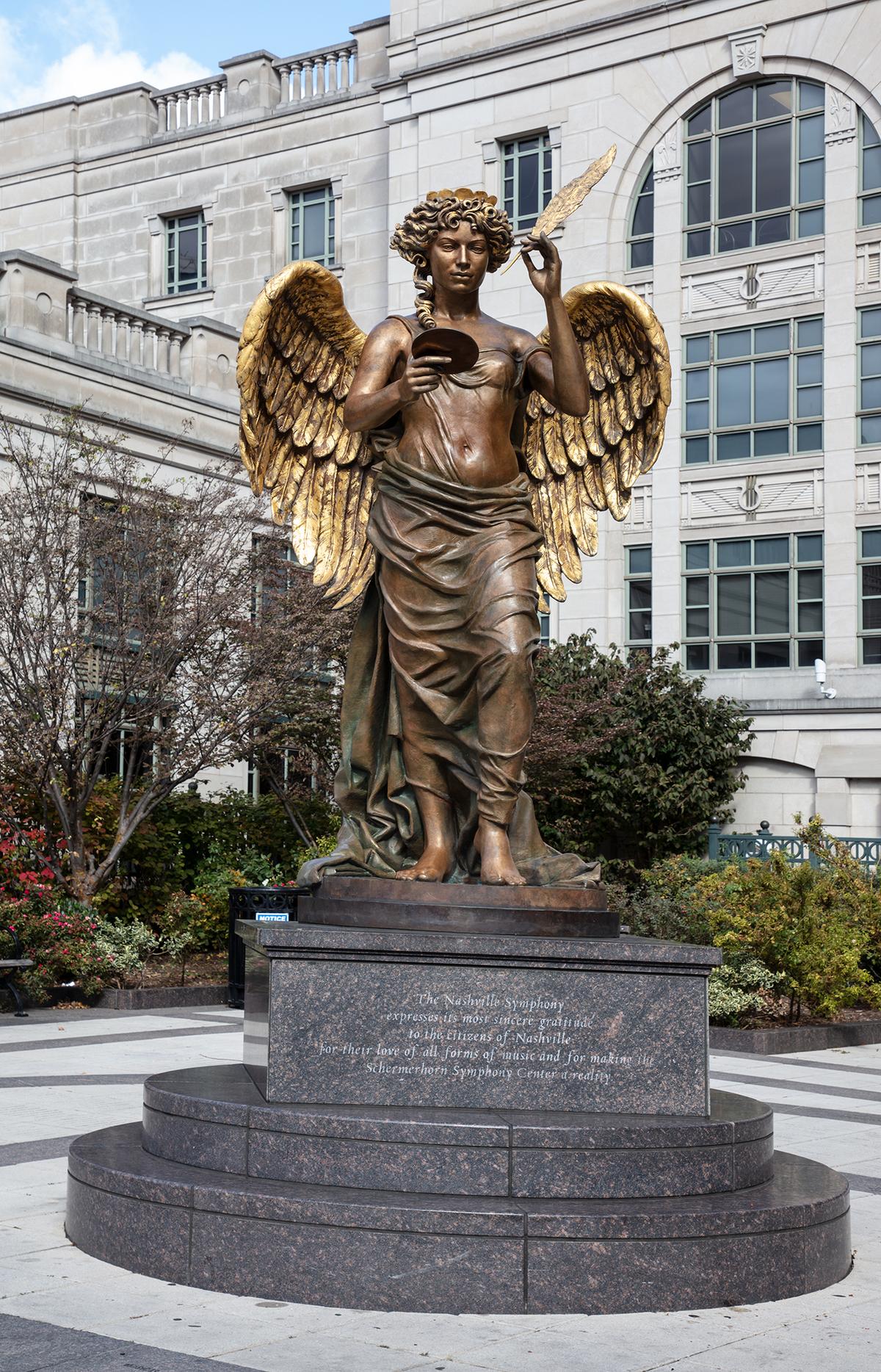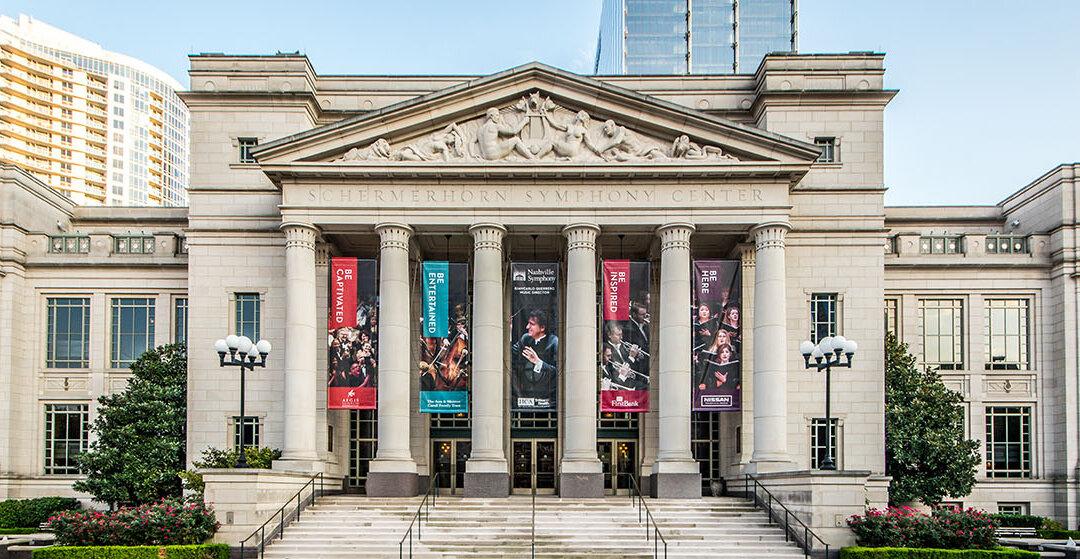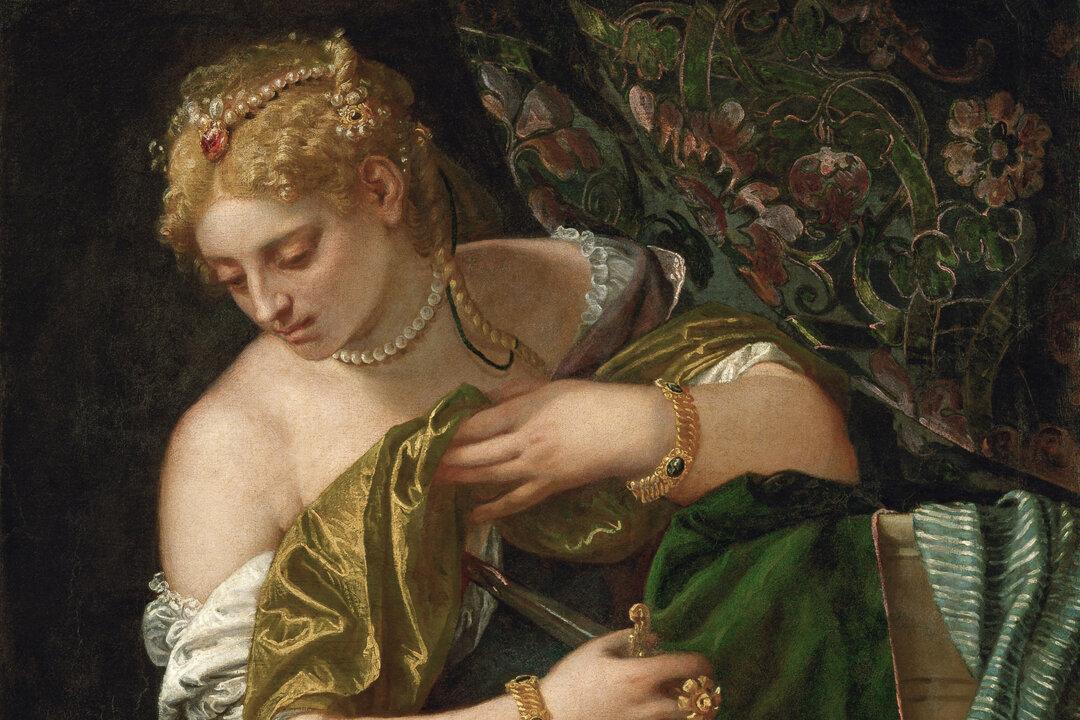Less than eight months after suffering $40 million in flood damage, Nashville’s Schermerhorn Symphony Center reopened for a concert on Dec. 31, 2010. Anyone unfamiliar with its history would have assumed they were stepping into a beautiful old building that had undergone extensive repairs and renovations. But before the audience left that night, they learned a very different story.
Kenneth Schermerhorn—for whom the building was named—served as conductor of the Nashville Symphony Orchestra from 1983 until his death in 2005. Under his leadership, the orchestra became one of the most prominent in the United States, with accomplishments including record-breaking CD sales, television broadcasts, and Grammy Awards nominations.
Founding the Schermerhorn Center
The new center would do more than just provide the large venue needed to accommodate the symphony’s audiences and other musical performances and cultural events. Like countless concert halls, theaters, and museums built over the centuries, the center would be a fitting setting for artistic excellence by being, in and of itself, a work of art. In turn, that work of architectural art would fit into “Music City” by building on Nashville’s existing architectural tradition.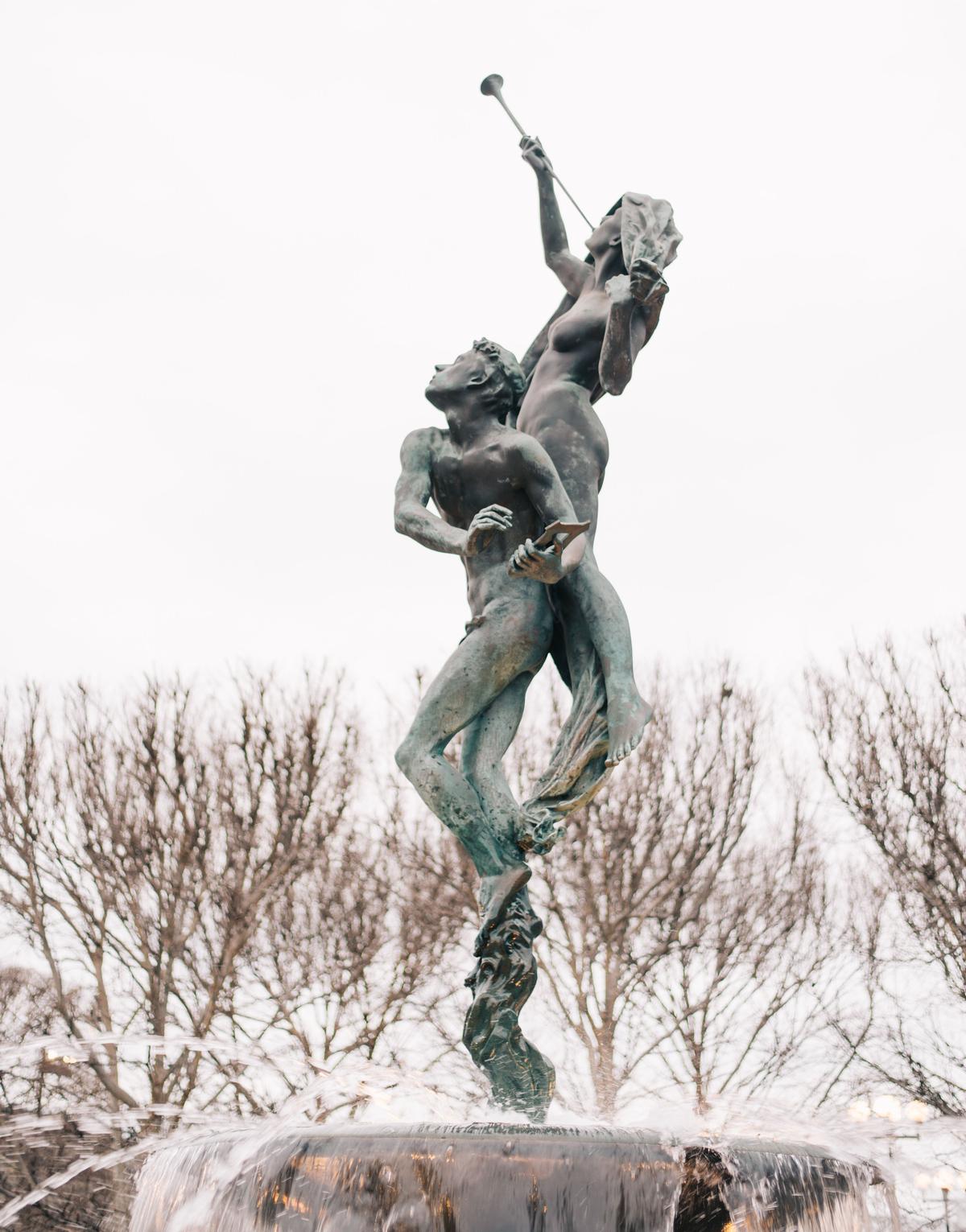
But it wasn’t until the grand opening of Schermerhorn Symphony Center on Sept. 9, 2006, that 21st-century Tennesseans witnessed a revival of historical classicist architecture in Nashville.
Designed by David M. Schwarz, the center became the first major architectural work to build on the classical tradition in decades. Schwarz also incorporated decorative elements reflective of Tennessee culture.
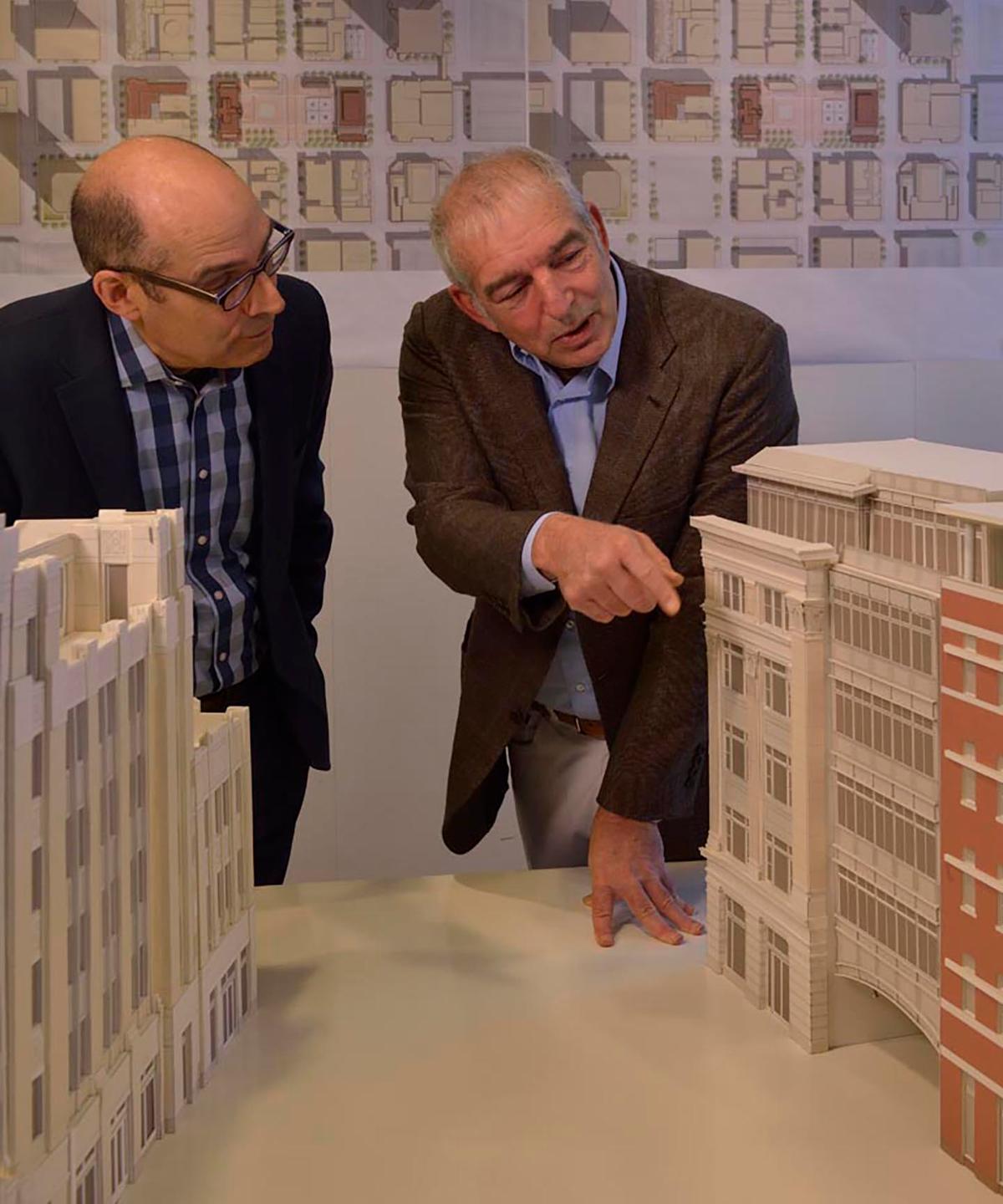
21st-Century Classicist Revival
The central section of the center is similar to the Parthenon. Both structures are rectangular, more than twice as deep as they are wide, and under a few stories high. Each has a front portico, where pillars at the top of the steps support an elaborately sculpted tympanum and a gabled roof. But the Schermerhorn is larger and more elaborate.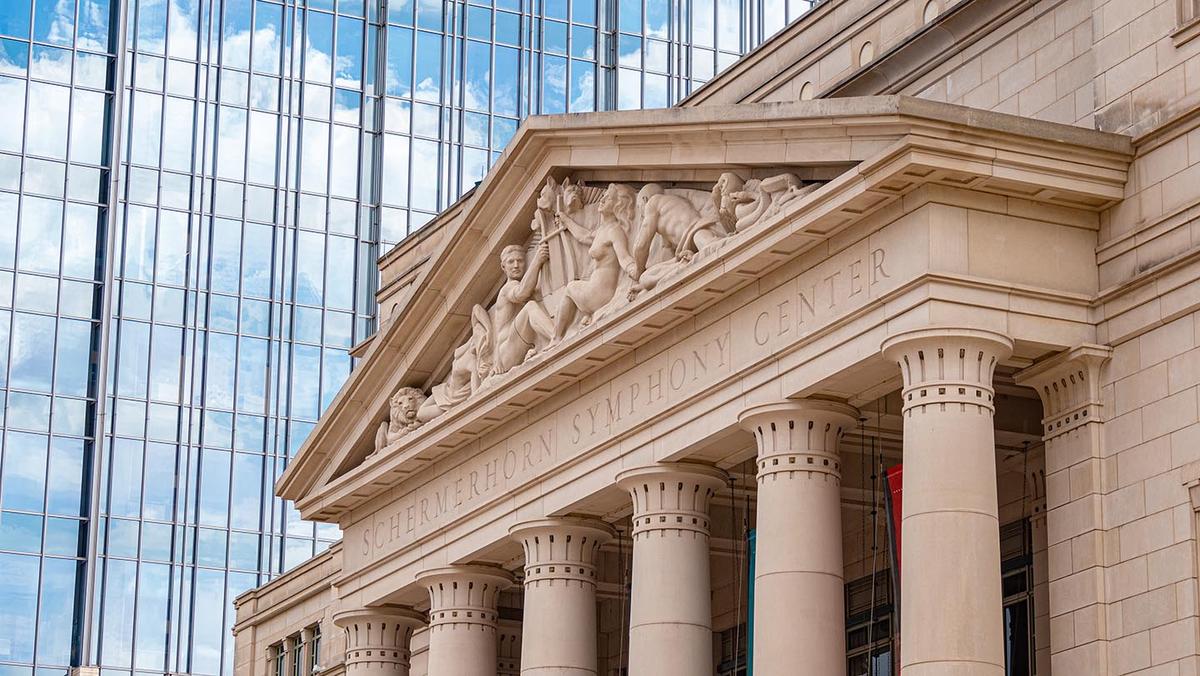
The Schermerhorn’s portico protrudes from the main building. On either side of the portico are walls that enclose the interior. The appearance is reminiscent of small square towers. To the left and right of the main entrance are set-back wings that widen the building’s footprint. Together with the rear section of the building, they form a rough square shape.

Both the exterior and interior of the Schermerhorn are largely made of the natural, elegant, noble, and robust materials that typify classicist tradition—limestone, granite, hickory, Brazilian cherry wood, nickel silver, and granite.
The most significant introductions of modern materials serve practical purposes without compromising aesthetic tradition. Thirty soundproof windows allow light to flood into the concert hall during daytime performances. Similarly modern sound-blocking materials were used for the concert hall walls.
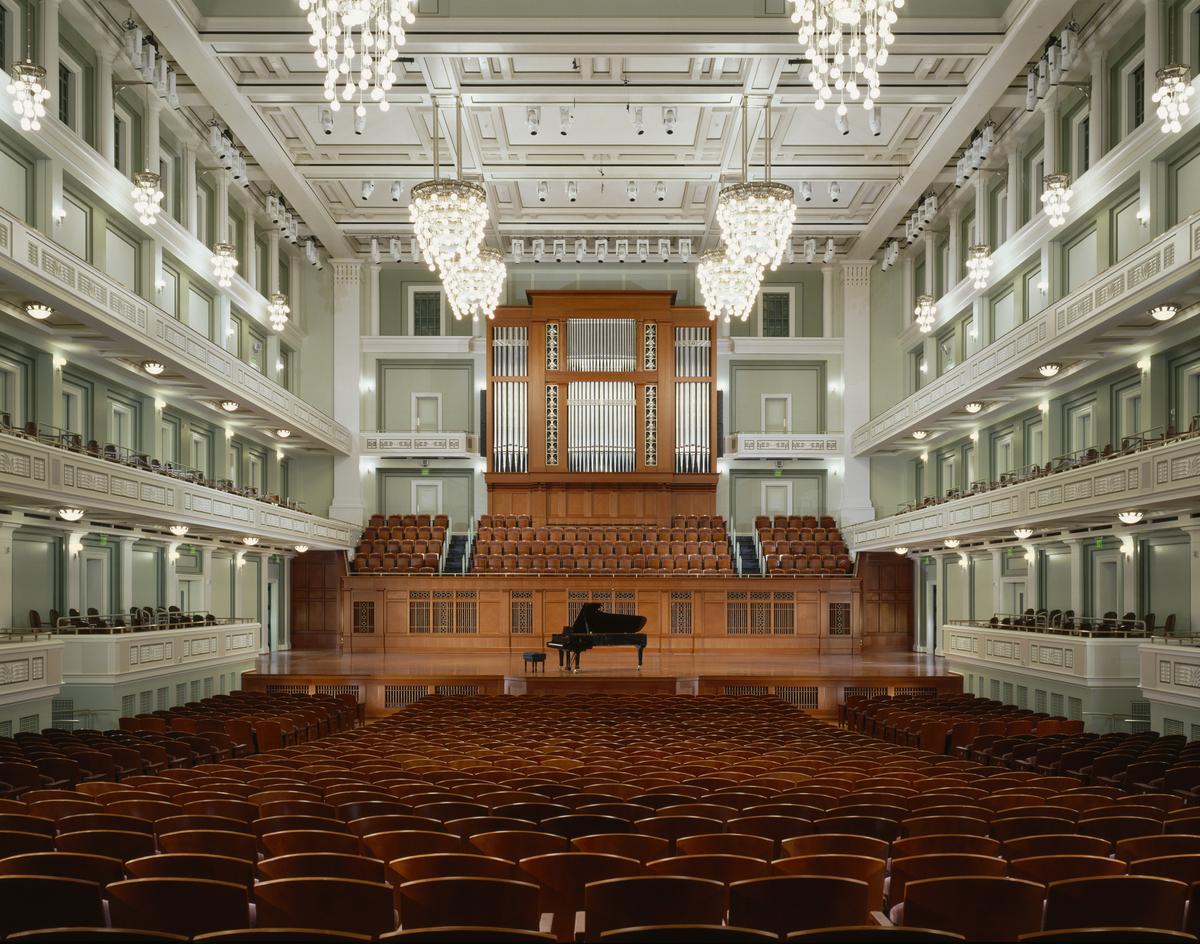
Stylistically, there is a real change of emphasis between the exterior and interior. Minor details aside, the former could be mistaken for a work of 18th-century neoclassicism. The latter reflects a more contemporary take on the classicist tradition.
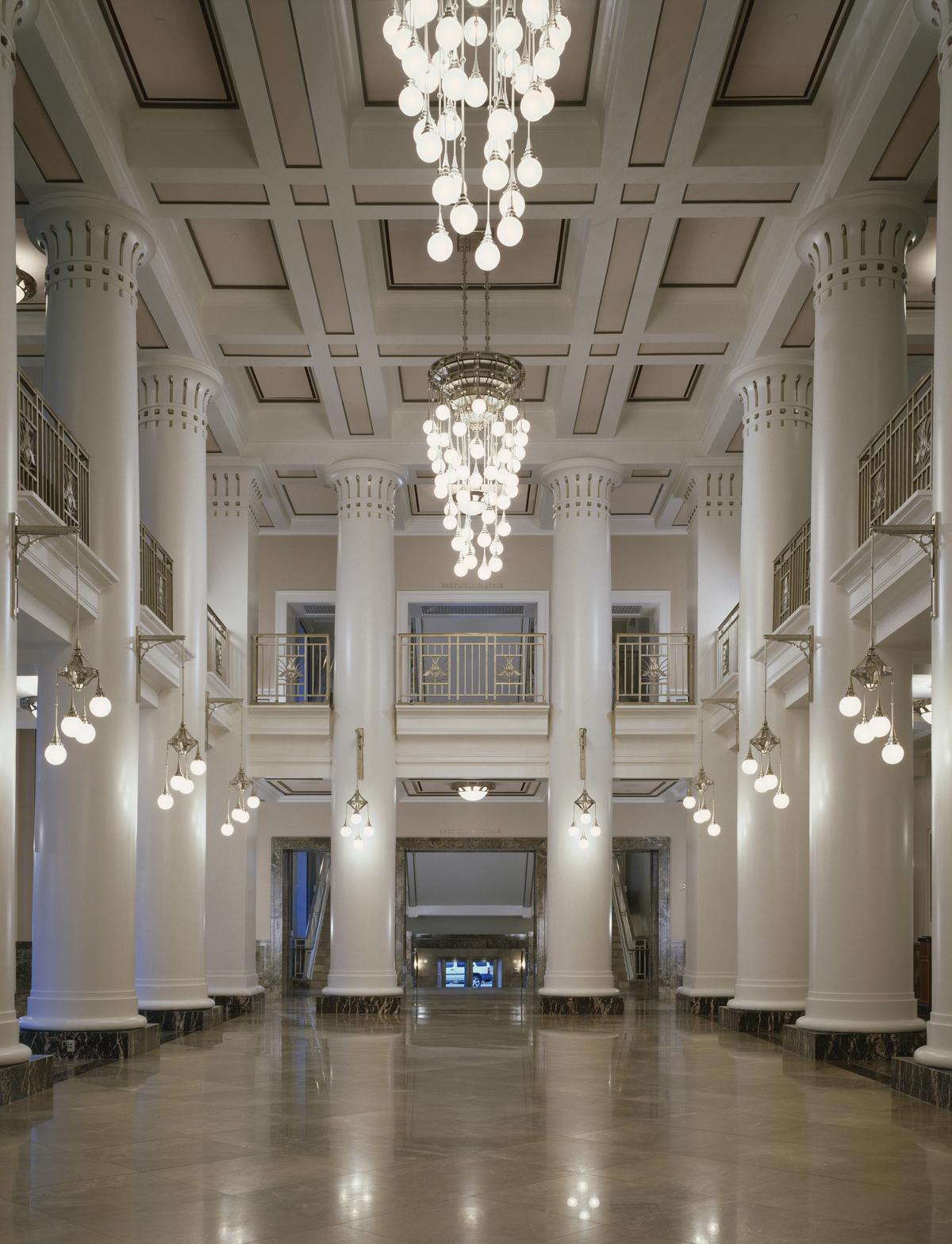
For the most part, this contemporary quality is a matter of drawing from aspects of classicist tradition with the most similarity to today’s architectural fashions. Three aspects stand out: minimalism; square and rectangular ceiling vaulting and wall paneling; and open interiors rather than private, sectioned rooms. While each finds a basis in classicist tradition, the similarity to current fashions is seen in how they are combined.
